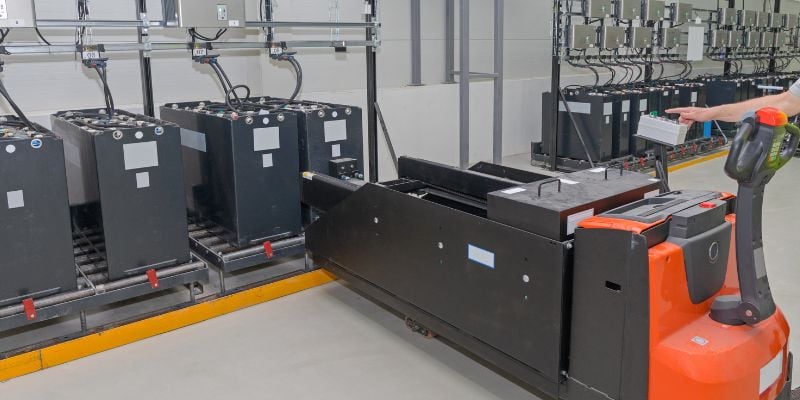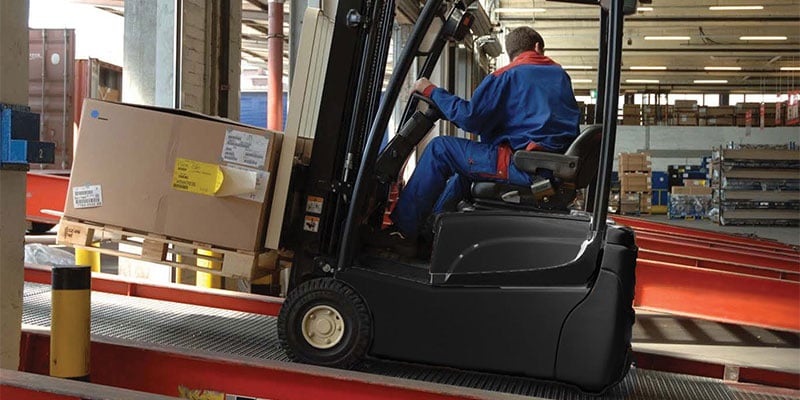You don’t plant crops by hand anymore because machines work better – so why settle for batteries assembled with a hammer and blowtorch?
In modern agriculture, you need batteries for tractors, plows, cutters, shredders, harvesting and planting machines and other equipment – to start your engines and operate electronics, hydraulics, and implements.
You only get one shot a year to optimize your yield, minimize downtime, and prepare for the next season.
And there’s a lot you can’t control, from weather to commodity prices and fuel costs.
That’s why it’s so important to ensure you have reliable batteries.
And today, you’ll learn the keys to selecting high-performing batteries for farming equipment, including:
- Flooded lead-acid (FLA) battery basics
- Deep-cycle, starter, or dual-purpose – which batteries are right for you?
- How to size batteries
- Battery Selection 101: How to pick longer-lasting, modern batteries to power your operations
- And more
The basics:
No battery fits every application, but recyclable FLA batteries offer the best characteristics for many agricultural applications.
Key benefits of FLA batteries include:
- Lowest per-kWh cost – 50%-90% less than other battery types
- Proven lifespan, reliability, and safety
- Simple maintenance includes periodic inspections and watering as needed (some battery designs and systems can minimize water loss and maintenance)
- Maximize productivity and reliability – for optimal yields
- Wide range of operating temperatures
- Easy integration and replacement
- 99% recycled – more than aluminum cans (source: U.S. EPA)
Which battery type is right for you – starter, deep-cycle, or dual-purpose?
Just like farming implements, batteries for different purposes need different engineering.
Starter batteries briefly deliver maximum current, typically to start engines. Because of this, they use a greater number of thinner lead plates.
Deep-cycle batteries provide sustained power – typically for electrical components and implements. Deep-cycle batteries use thicker plates – grids that hold energy-storing material to allow for regular charging and discharging.
Dual-purpose batteries offer a mixture of the performance benefits of starter and deep-cycle batteries – and because of their tradeoffs, they’re useful in certain situations but a poor fit in others. Your distributor or equipment manufacturer can help you assess whether this battery type suits you.
Capacity and battery-sizing basics
Capacity tells us how much energy a battery can store and deliver. It’s measured in Amp-hours (Ah). A larger Ah number generally indicates greater capacity. (At Crown Battery, we provide conservative capacity figures.)
Your goal: Choose batteries with ample capacity to handle your entire system without frequent recharging.
You also need extra power as a safety buffer to ensure you don’t run out of energy or damage batteries by discharging them too deeply. But you don’t want a grossly oversized battery bank because you’ll pay more for energy capacity you don’t need.
How to get battery capacity right – for reliable, consistent energy delivery:
- Consult your equipment’s manual for recommended battery capacity.
- Check the manual for BCI Group Number, an industry-standard code that indicates a battery’s physical size; otherwise, your batteries may be underpowered or not fit. (Returning improperly sized batteries wastes your time and money – and Murphy’s Law says it’ll happen when it’s least convenient, like harvest day.)
- Determine which accessories and other power loads you have, to ensure ample battery capacity. List all electronics, lights, and implements you plan to use. Be sure to include their power ratings in amps or watts per hour.
- Estimate how many hours each device will run per day.
- Multiply the power consumption by the usage time to get the total watt-hours (Wh) or ampere-hours (Ah) needed daily.
- Then, add a safety margin (often 20% to 30%) to ensure your batteries still deliver when demands are higher, days are longer, or the temperature is unusually high or low.
- Remember: You don’t have to calculate this alone. Your battery dealer or manufacturer can help you size your next batteries.
Together, these steps help ensure your batteries will provide reliable power, performance, and lifespan.
Don’t get frozen out: Check the Cold Cranking Amps (CCA) rating
CCA measures the battery's ability to start an engine in cold temperatures and is critical in cooler climates. More specifically, it tells us how much electrical current a new battery can discharge for 30 seconds at 0°F (-18°C) at a delivery rate of 1.2 volts or greater per cell.
Your owner’s manual will tell you how many CCAs you need. Don’t get a lower-capacity “substitute” because doing so could compromise durability and cold-starting performance. And if you’re unsure how the average temperatures in your area affect battery needs, your distributor can help.
Battery Selection 101: Which advanced manufacturing practices improve reliability and lifespan?
From the outside, recyclable lead-acid batteries look almost identical – but inside, there’s a world of difference.
Compare other batteries to Crown’s lifespan-enhancing R&D and manufacturing practices:
- 3D modeling and extensive field testing help our engineers identify promising innovations faster – and thoroughly refine them in demanding real-world environments.
- ISO 9001:2015-certified, made-in-the-USA robotic assembly improves consistency and reliability while eliminating common causes of early battery failure. (More on this in a moment.)
- Microscopically optimized active material (energy-storing recycled lead + additives) enhances electrochemical reactions. Viewed under a scanning electron microscope, our active material is consistently sized, boosting efficiency and slowing self-discharge.
- We add more energy-storing active material for more chemical reactions—i.e., longer cycle life. When comparing batteries, consider that active material accounts for 60%- 80% of a battery’s total cost, so fly-by-night manufacturers have a financial incentive to use less of it.
- Grids – metal lattices filled with active material – extend longevity. Crown gravity-casts grids to eliminate impurities. The result: Greater structural integrity, conductivity, reliability, and performance.
- The industry’s thickest, heaviest plates hold more active material – again, for more chemical reactions.
- Cast-on-Strap (COS) manufacturing fuses battery plates with up to 4,000 adjustments at exact temperatures. By comparison, conventional manual welding allows for only 40 adjustments – with wide temperature ranges. COS ensures optimal electrical connections, improving longevity and reliability while minimizing potential maintenance and corrosion.
- Advanced separator technology and automated plate wrapping help protect plates from contact with each other. This combination helps prevent the leading cause of battery failure: short-circuiting.
- Finally, we use 99% recyclable materials and source renewable energy for manufacturing, protecting the environment and eliminating waste.
Look for these quality checks:
Crown’s recycled lead-acid batteries undergo 250+ quality checks – which enhance lifespan, performance, and consistency:
- Robotic welding and heat-sealing improve tolerances and reliability.
- Short-circuit testers confirm technicians’ inspections – and help eliminate a leading cause of early battery failure.
- AI-assisted vision systems check parts and catch hard-to-spot defects and assembly errors.
- We test batteries from our production line – instead of cherry-picking samples.
Be sure your battery manufacturer follows the manufacturing steps and quality checks above. And compare battery companies to ensure you get the lifespan, reliability, and durability you need.
What’s next:
This crash course gave you the tools to select agricultural batteries for improved reliability, performance, and yields.
If you need help finding or sizing your next flooded lead-acid battery, contact our energy storage experts or find your local battery distributor here.












